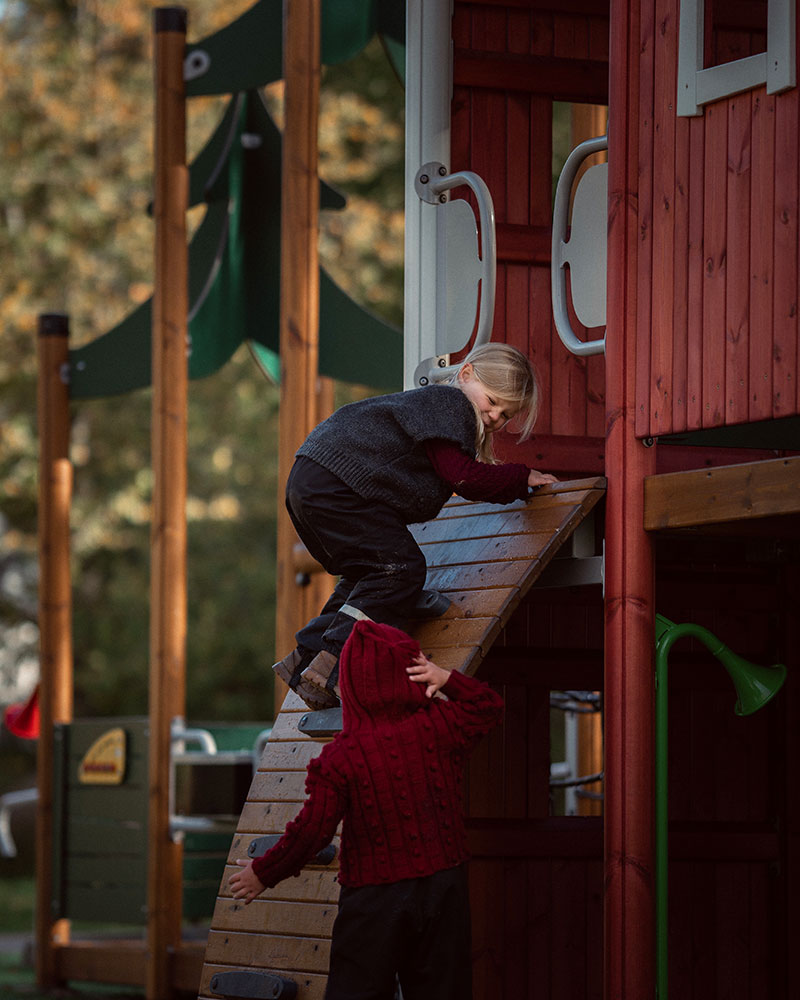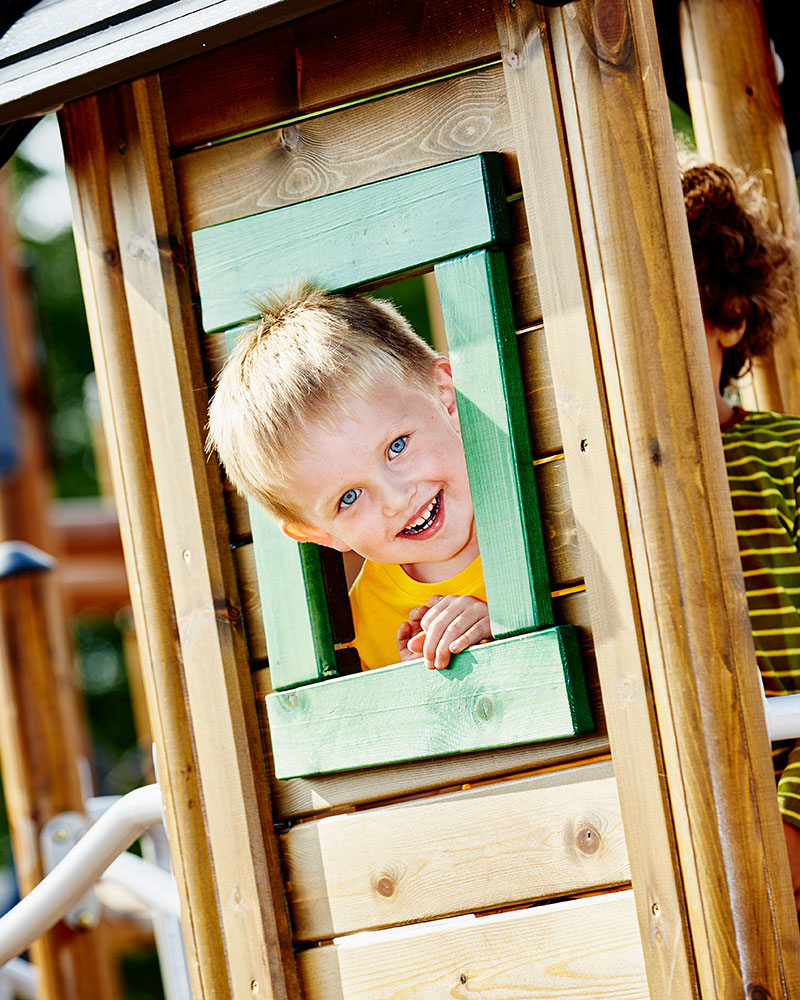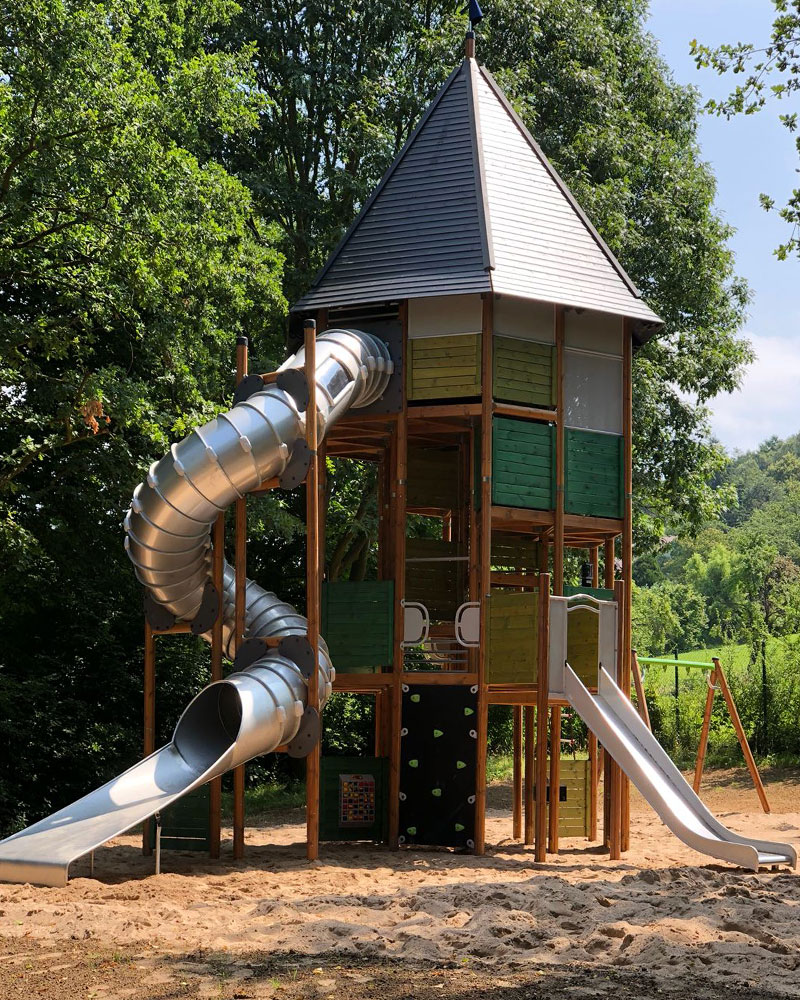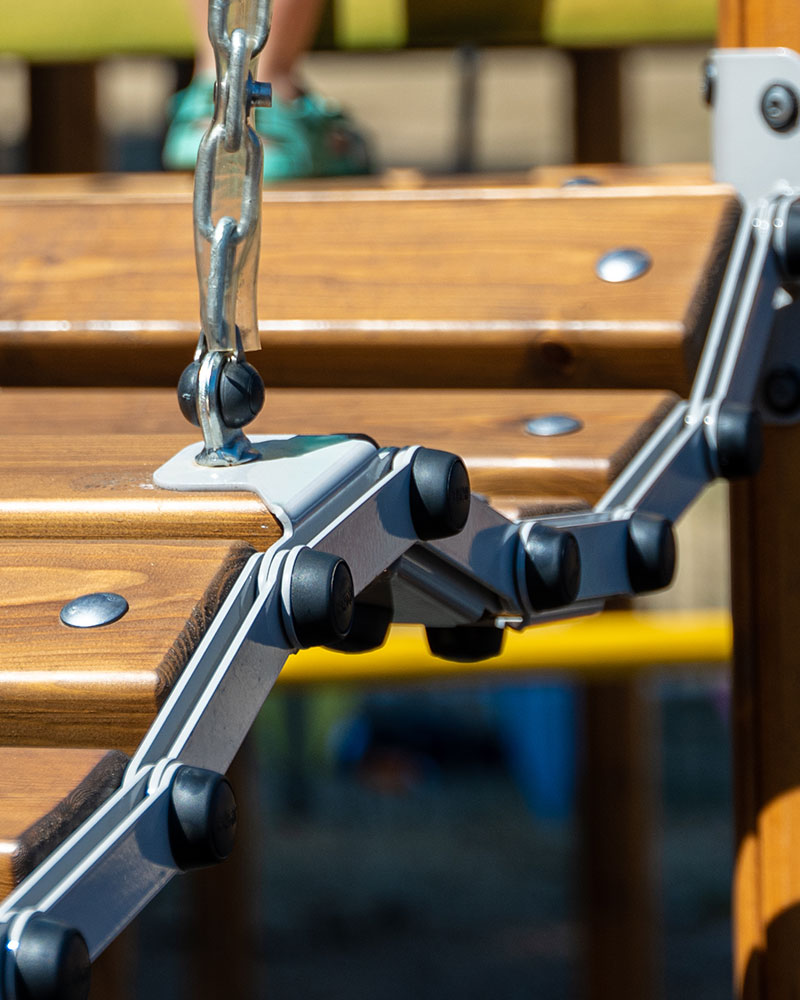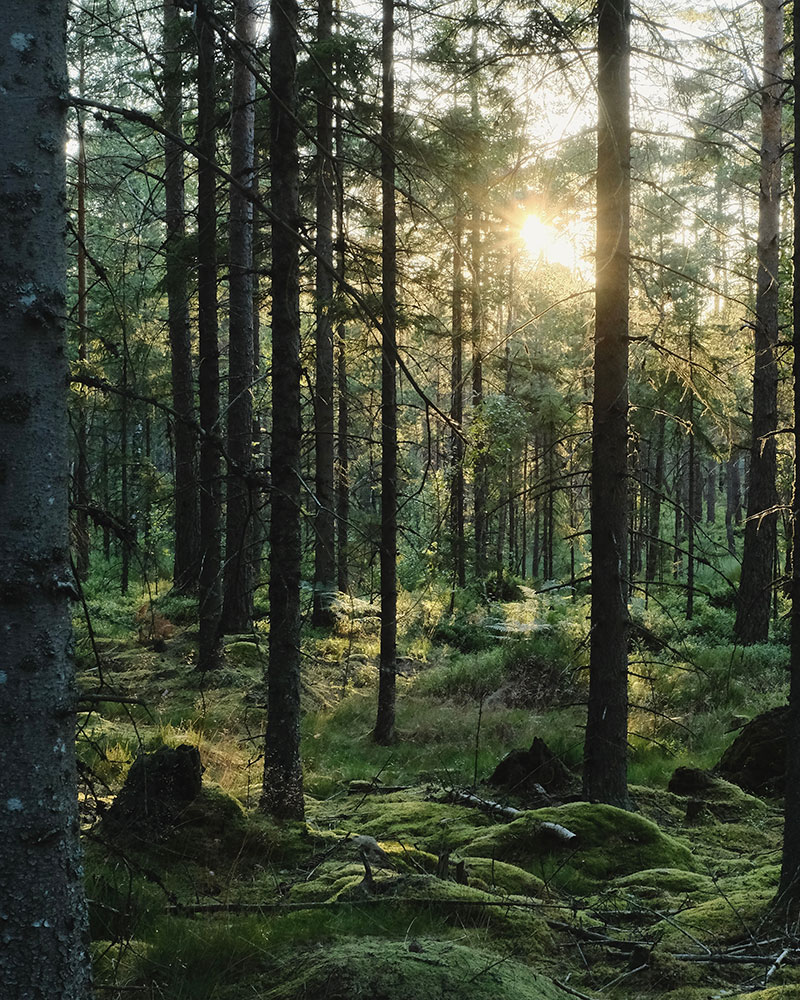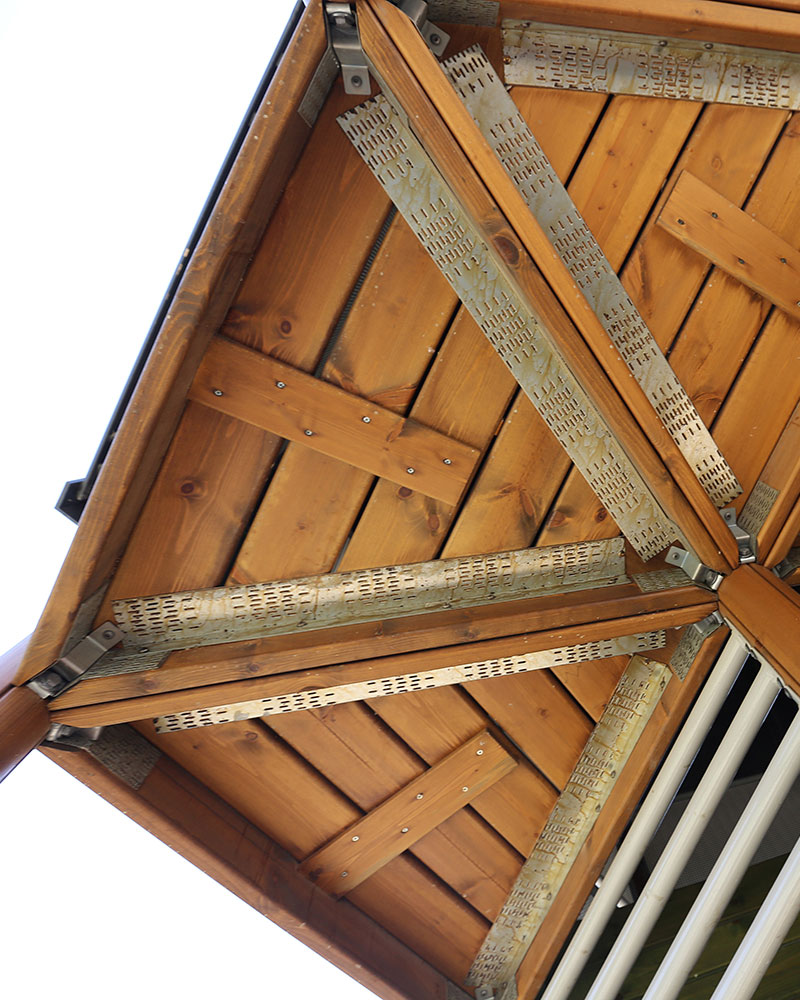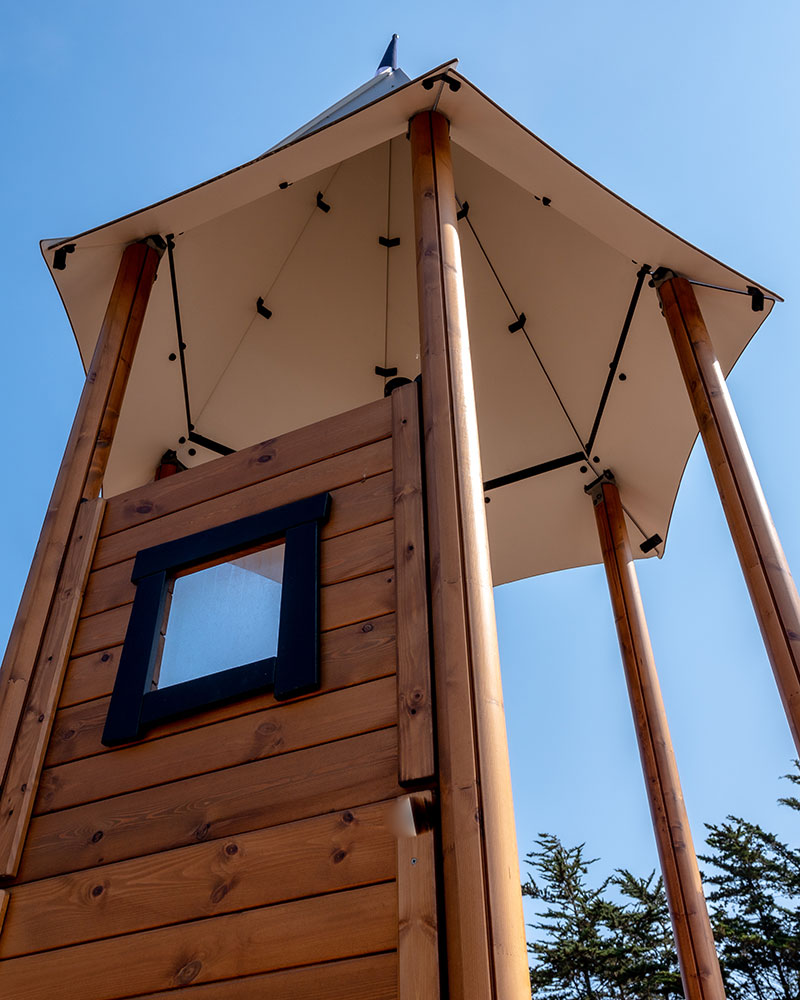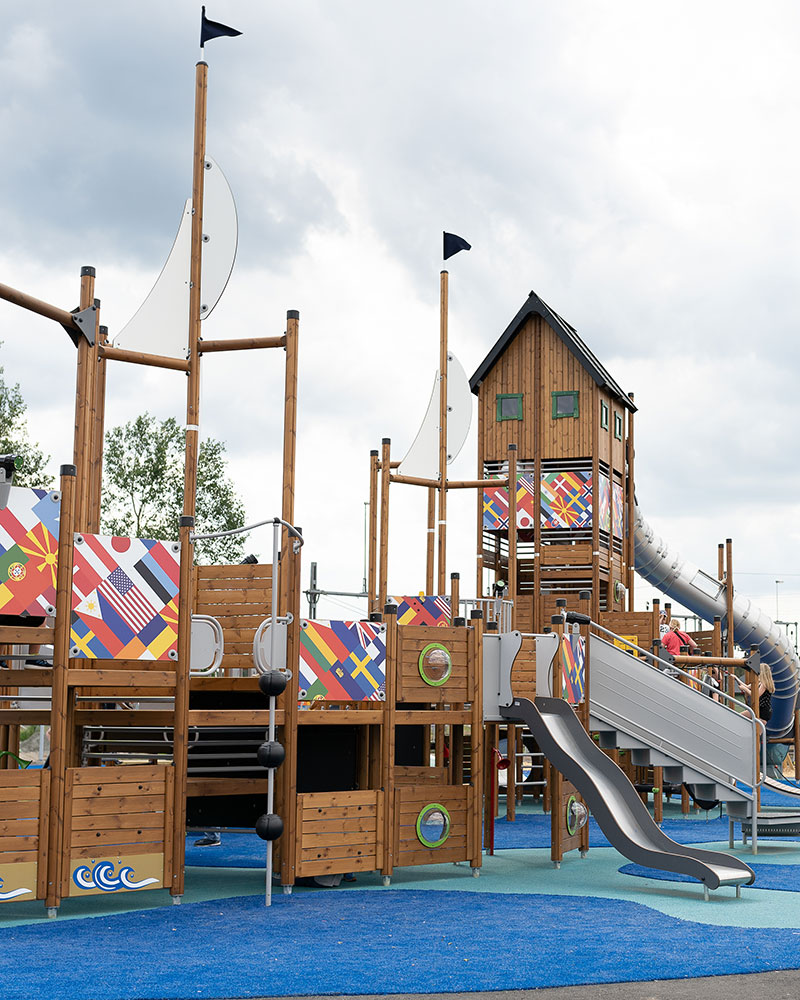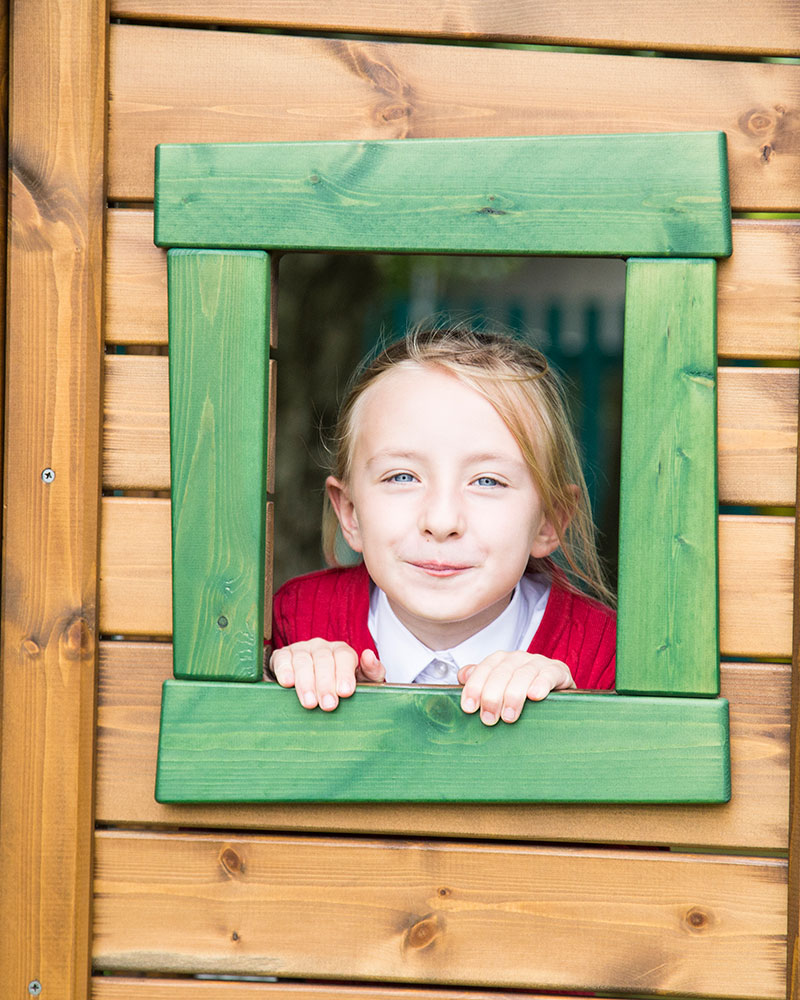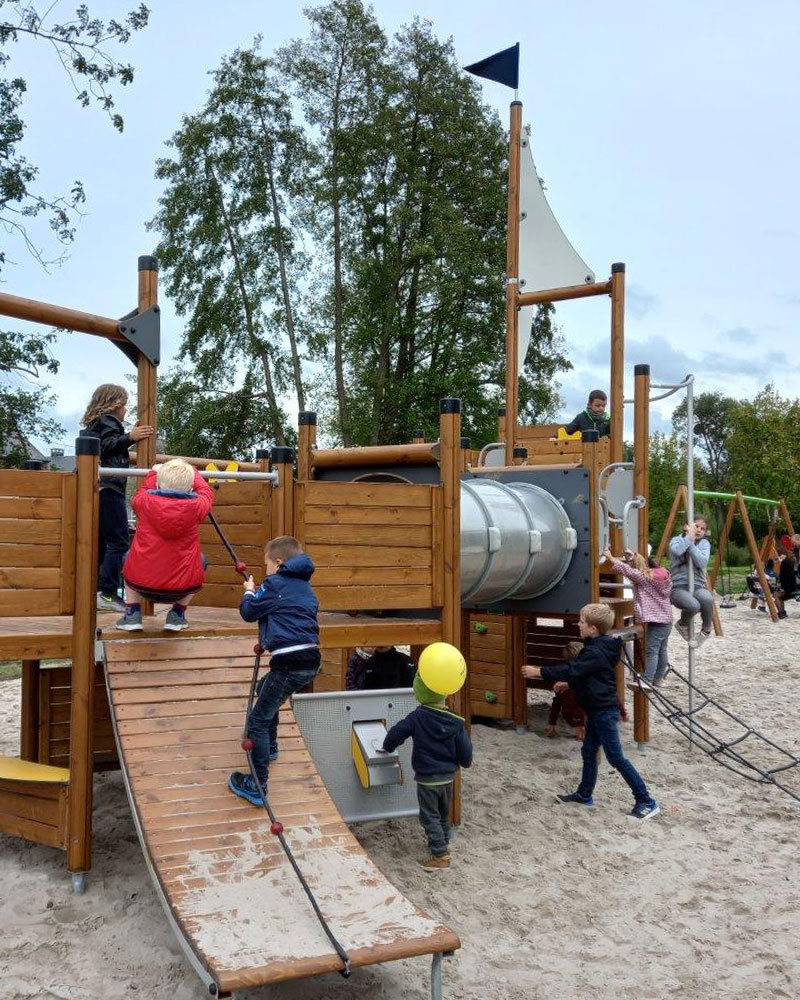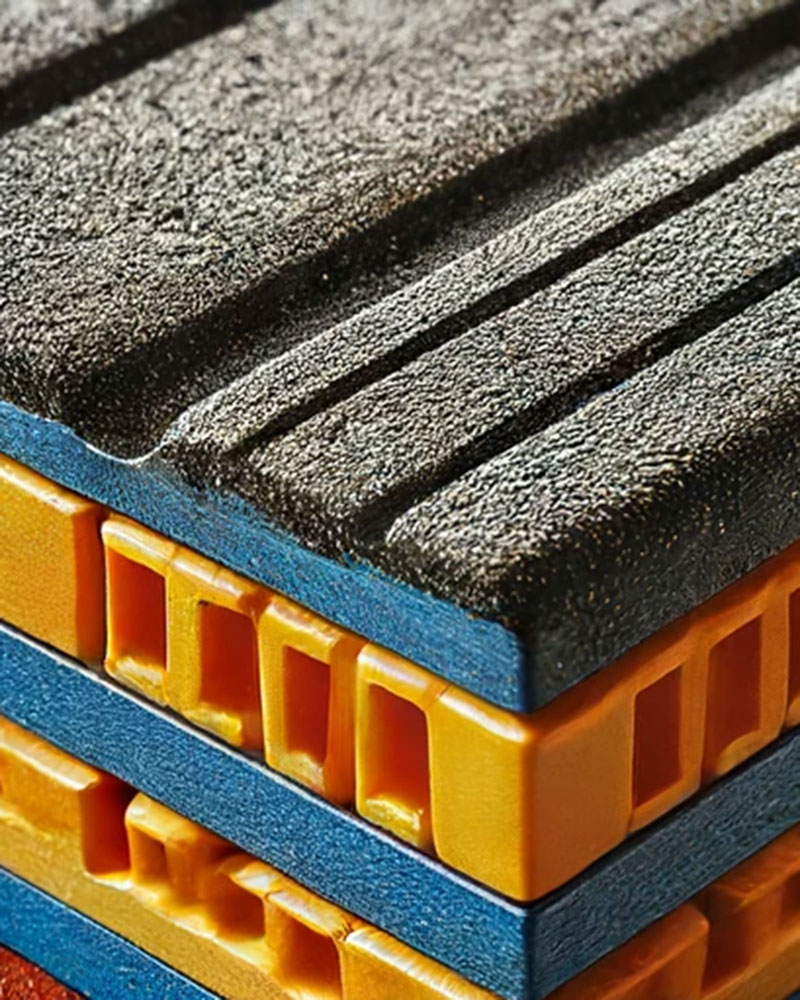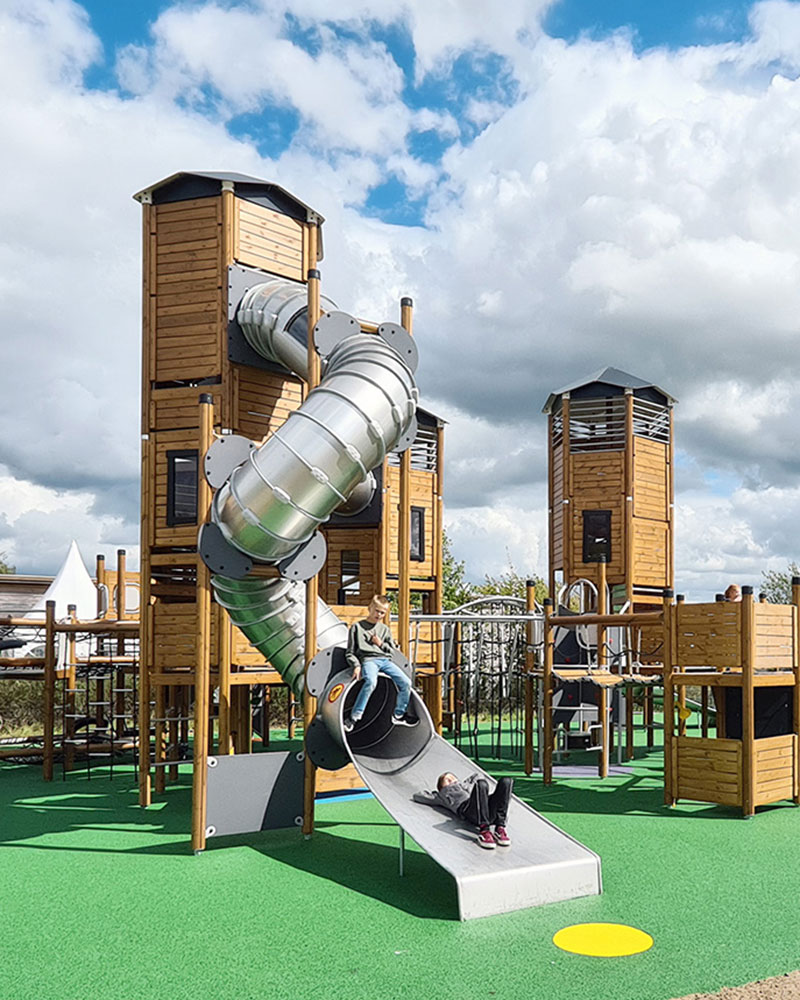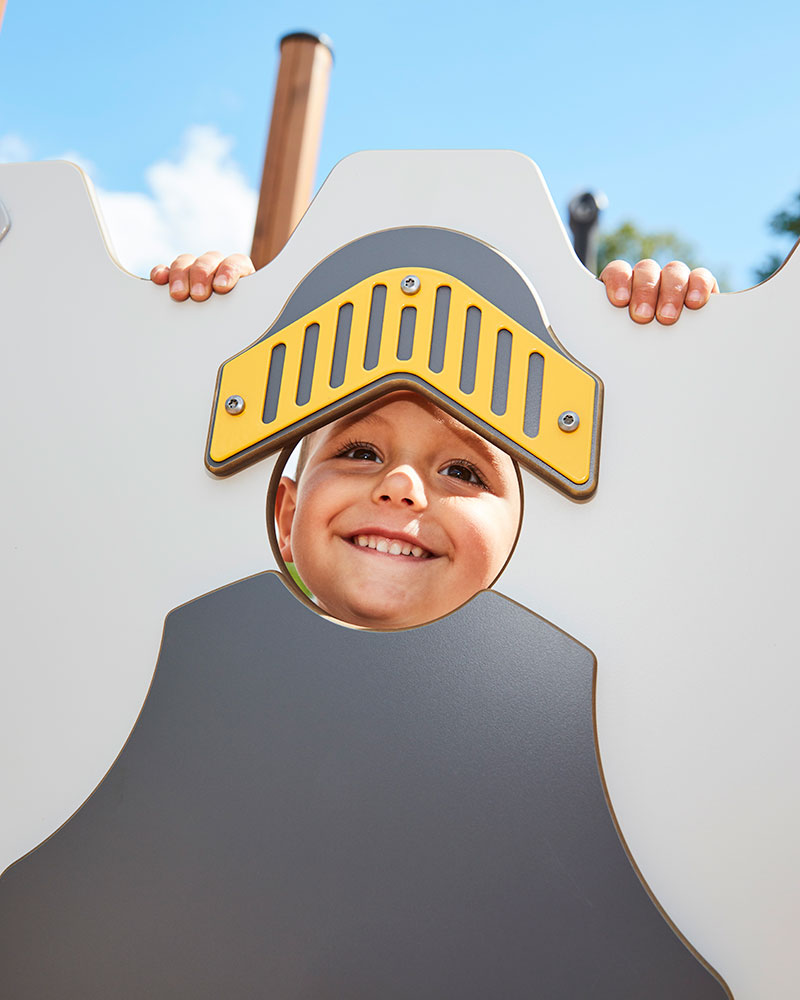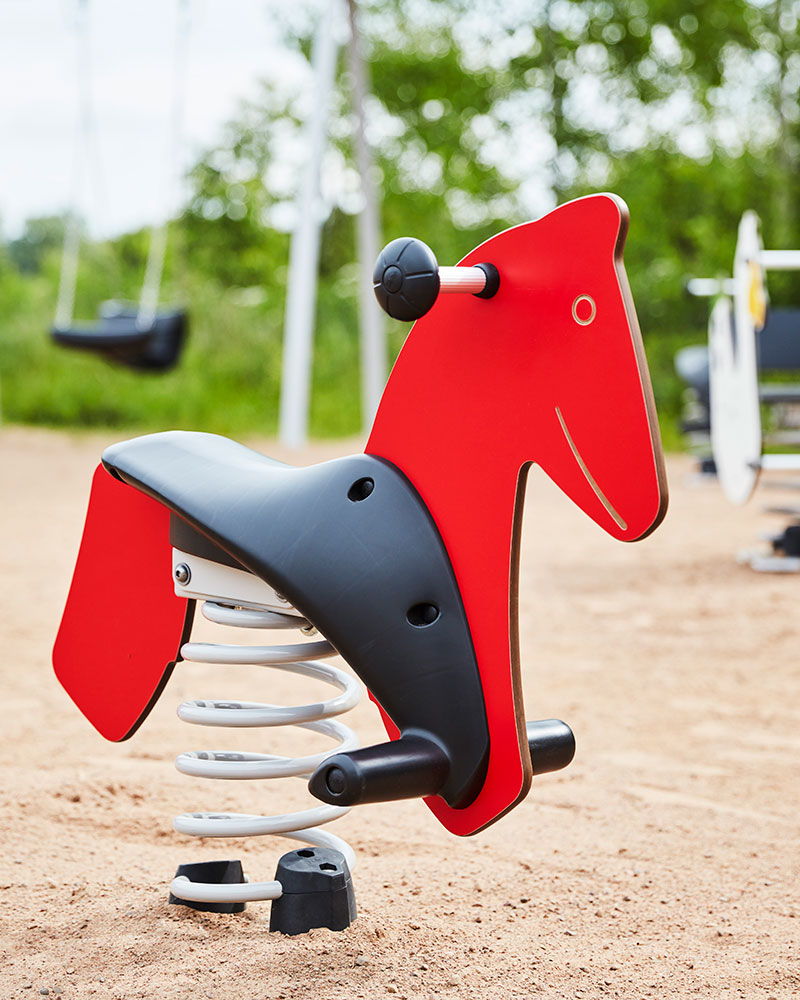-
Inspired by Nature
HAGS Wooden Playgrounds
Children crave play, yearning for freedom to invent, imagine, and explore. They seek spaces to share with friends and moments for solitude. At HAGS, we uphold our principle of 'Inspiring All Generations' by designing and crafting wooden play equipment that nurtures play and learning. Our sturdy, beautiful, and durable products empower children to unleash their imagination, grow, and flourish.
Considerations when choosing a wooden playground
Wooden playgrounds offer a natural, timeless aesthetic that enhances outdoor environments, creating inviting play spaces. Their durability and longevity make them a reliable choice, with high quality, well maintained wood structures providing safe play areas for years. Unlike plastic or metal, wood offers a tactile experience, enhancing sensory play and encouraging exploration. Intricate designs promote imaginative and creative play among children.
Ensure that the wooden playground meets relevant safety standards and guidelines, such as those set by ASTM International or the European Standard EN 1176. Safety features like appropriate guardrails, fall attenuation surfaces, and age-appropriate design should be incorporated. All HAGS products are tested by TUV to meet these standards.
Design inclusive playgrounds by catering to different age groups and developmental needs. Offer varied activities for physical, cognitive, and social growth. Use HAGS UniMini for ages 2-5 and UniPlay for ages 5+. Ensure accessibility with wheelchair ramps, inclusive swings, and sensory play elements for equal play opportunities.
Evaluate the available space for the playground and consider any specific design requirements or constraints. The playground should fit the area well and allow for proper circulation, accessibility, and supervision. Customizable designs may be preferable to accommodate specific space or thematic considerations.
Ensure the durability of the wooden playground by selecting high quality materials, such as triple laminated engineered timber. Consider maintenance requirements and ensure you have the resources for regular upkeep, including inspections, cleaning, and repairs.
If sustainability is a priority, choose responsibly sourced wood from certified forests. Look for certifications like Forest Stewardship Council (FSC) or Program for the Endorsement of Forest Certification (PEFC) to ensure the wood comes from sustainable and well managed sources.
Consider your budget and the cost effectiveness of different options. Factors like the type of wood, design complexity, additional features, and installation requirements can affect the overall cost. Balance quality and durability within your budget constraints.
Only choose from a reputable supplier or manufacturer known for producing high quality playground equipment. Ensure proper installation by trained professionals to guarantee safety and compliance with guidelines.
Before purchasing, always inquire about warranties from the supplier or manufacturer. Understand the terms, including coverage for defects, repairs, and replacements. Also, consider the availability of customer support and after-sales services.
What are the benefits of wooden playgrounds?
Wooden playgrounds offer several benefits compared to other materials such as metal or recycled plastic. Despite these advantages, it's important to ensure that wooden playgrounds are regularly inspected, well maintained, and meet safety standards to provide a safe and enjoyable play environment for children for many years to come.

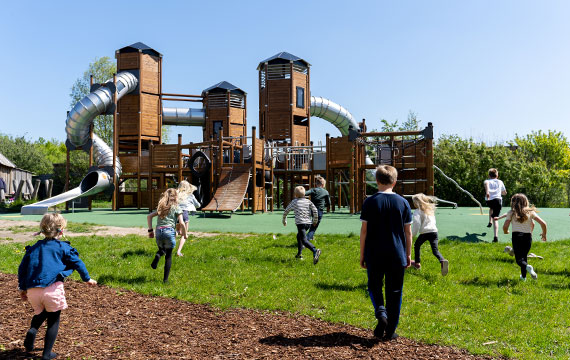
Advantages of wooden playgrounds
1 Natural and aesthetic appeal
Wooden playgrounds have a rustic and natural look that blends well with outdoor environments. They can create a visually appealing and harmonious play area that integrates with the surrounding landscape.
2 Environmental sustainability
Wood is the most renewable resource we have on our planet and using it for playgrounds promotes sustainability. Choosing responsibly sourced and certified wood ensures that the playground equipment has minimal environmental impact.
3 Safety
Wooden playgrounds are safer than metal or plastic ones, as wood has a softer surface and natural shock-absorbing properties, reducing the risk and impact of falls.
4 Durability
High quality wooden playgrounds can withstand harsh weather conditions, including UV radiation, without deteriorating quickly. Properly treated and maintained wood is resistant to rot, decay, and insect infestations, increasing the lifespan of the playground equipment.
5 Versatility and customization
Wood is a versatile material that allows for custom designs and configurations. Playground equipment can be tailored to fit specific spaces, catering to different age groups and play preferences. It provides opportunities for unique and imaginative play structures.
6 Natural sensory experience
Wooden playgrounds offer a tactile experience that connects children with nature. The texture and warmth of wood stimulate the senses and provide a more natural play environment, enhancing sensory exploration and engagement.
7 Maintenance and repair
Wooden playgrounds are generally easier to maintain and repair compared to other materials. Damaged components can be replaced or repaired without extensive knowledge or specialized tools, making maintenance more cost effective. Wood can be easily treated or painted giving a structure a new lease of life.
Are wooden playgrounds more sustainable than recycled plastic ones?
Both wooden and recycled plastic playgrounds have sustainability advantages. Wooden playgrounds, traditionally used for over a century, offer a natural aesthetic and renewable resource. Recycled plastic playgrounds benefit from repurposing waste materials. The choice depends on factors like environmental impact, manufacturing processes, end-of-life considerations, and project-specific sustainability goals.
Nordic pine wood
Timber is a renewable resource when harvested from sustainably managed forests. Responsible forestry practices ensure the replenishment of trees and the long-term health of forest ecosystems.
Trees absorb carbon dioxide from the atmosphere and store carbon in their wood. By using timber in playgrounds, carbon is stored for the lifespan of the equipment, contributing to the reduction of greenhouse gas emissions.
Timber is a natural material that is biodegradable, meaning it can break down over time and return to the environment without leaving harmful residues or pollutants.
Recycled plastic
Recycled materials, such as recycled plastic, divert waste from landfills and reduce the need for raw material extraction. Utilizing recycled materials can contribute to a circular economy and reduce resource consumption.
The use of recycled materials reduces the energy and resources required for the manufacturing process. It minimizes the demand for new raw materials, reducing the overall environmental impact.
Recycling materials gives a second life to discarded items, extending their usefulness and reducing the environmental impact associated with their disposal.
What is FSC and PEFC?
FSC (Forest Stewardship Council) and PEFC (Programme for the Endorsement of Forest Certification) are key certifications ensuring sustainable playgrounds. They promote eco-friendly practices, fostering a safe and joyful environment for children while encouraging environmental consciousness.
What is FSC?
FSC (Forest Stewardship Council) is an international non-profit established in 1993 to promote responsible forest management. It certifies forests and companies based on strict environmental, social, and economic criteria. FSC-certified forests protect biodiversity, respect indigenous rights, and maintain ecosystem services.
The FSC logo on products indicates responsibly sourced wood or paper. This certification helps consumers support sustainable practices, aiming to protect forests for future generations and benefit communities and the planet.
What is PEFC?
PEFC (Programme for the Endorsement of Forest Certification) is an international non-profit established in 1999 to promote sustainable forest management and certify forest products. It offers a framework for certifying forests and tracking wood and paper products through the supply chain. PEFC's standards are developed through a multi-stakeholder process, emphasizing biodiversity conservation, indigenous rights, and legal compliance.
Unlike FSC, PEFC endorses national forest certification systems that meet its criteria, allowing for local adaptation while adhering to international principles. PEFC-certified products carry the PEFC logo, indicating they come from sustainably managed forests, and are prevalent in regions with strong national certification systems like Europe, North America, and Asia.
HAGS Supplier Certification
- Forest Stewardship Council (FSC)
- Program for the Endorsement of Forest Certification (PEFC)
- Teknos – Wet Paint certification (EN 599-1)
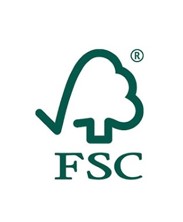 |
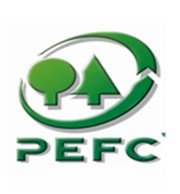 |
|||||||
|
|
Why choose HAGS wooden playgrounds?
HAGS Wooden Playgrounds, inspired by nature's materials and colors, offer a well designed, safe, and durable play environment for children. Committed to quality, innovation, and sustainability, HAGS provides reliable playground solutions for public spaces, schools, nurseries, and family destinations. Our excellent customer support includes project planning, design recommendations, safety considerations, and maintenance advice, with ongoing after-sales service for any inquiries or concerns.

Our wood is attractive
HAGS wooden playgrounds blend beautifully with outdoor environments, ensuring safety, longevity, sustainability, and child development support. We use biodegradable wood stain primer and finisher for added protection, smooth finish, and lasting color.

Our wood is sustainable
Our wooden playgrounds are sustainable, using renewable, biodegradable, and recyclable wood. Minimal waste is generated, with leftover wood repurposed. FSC-certified timber is sourced from responsibly managed Scandinavian forests. We employ computerized wood-cutting techniques and use water-based, biodegradable solvents.

Our wood is low maintenance
Our wood, sourced from slow growing Scandinavian forests, is dense and less prone to cracks and splinters. Wooden posts have galvanized steel ground sockets to prevent soil contact, reducing mould and rot, and avoiding strimmer damage.

Our wood provides play for a lifetime
Nordic Timber contains a high proportion of heartwood which is very strong and less prone to bug or fungus infestation. Our pine will also withstand harsh weather conditions such as long, cold Nordic winters or damp environments, and can last over 25 years.

Our wood can be renewed, repaired, refurbished
Wooden playgrounds are exceptionally durable and easy to repair. A fresh coat of paint or minor touch-ups can revitalize them. For a complete transformation, reskin your playground with vibrant, themed, or colored play panels to rejuvenate the entire area.

Our wood supports sensory play
Wood offers a rich sensory experience with its varying textures, temperatures, and distinctive smells. It can feel warm or cool, rough or smooth, and transitions from wet to dry. Wood also produces diverse sounds when tapped with other materials.

Our wooden playgrounds boast play value
Each component of our UniPlay and UniMini structures is designed to build confidence, foster social interaction, and nurture cognitive and motor skills. Our play activities blend physical fitness with problem-solving, teamwork, critical thinking, and creativity.

Behind the scenes
HAGS combines modern techniques with traditional craftsmanship for durable, solid wood products. Each piece is meticulously assembled and inspected twice to ensure top quality. We know the dedicated individuals behind each creation, adding a personal touch to the exceptional quality you receive.
